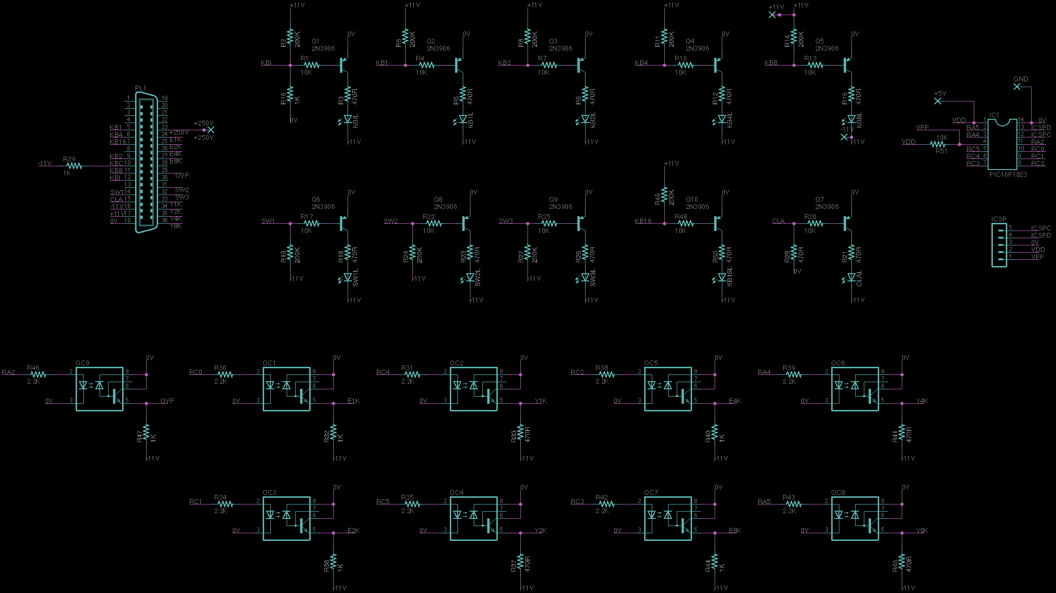
Odhner 139 Mechanical Calculator
It all started at the flea market at Quinquonces in Bordeaux, France.
On April 20, 1998, I saw this cool old calculator for 100€

It was rusty, dusty, and stuck.
An Original Odhner Model 139 serial number 139-751016.
I brought it home and didn't get around to working on it until May 2019.
First, I did some digging on the web.
-
This website said it was made between 1951 and 1954
-
Finally, I found a truly fantastic site made by John Wolff with details on
These sites recommended using solvents and lots of 'elbow grease' to clean the gummy old oil on the parts. I was afraid of losing them (not to mention the smell and I'm a little lazy) so I decided to use an ultrasonic cleaner (an H&B Industries Industrial Grade 160 Watts 2.5 Liters Digital Heated Ultrasonic Cleaner). The cleaning ritual would be:
-
Disassemble while take tons of pictures and putting parts in labeled plastic bags
-
12-18 minutes in the ultrasonic cleaner with heat in a 50/50 mix of water and Simple Green cleaner
-
dip in water to remove detergent
-
dip in methanol to remove water
-
let air dry
-
lubricate with Nyoil or Hoppe's Number 9 oil
-
reassemble.
Here are some pictures of what it looked like before cleaning. There's tons of gunk in there - no wonder it was stuck!



It wasn't easy. There are a zillion little and non-replaceable parts in the calculator. I managed to get it back together while only losing one tiny little spring. I managed to get a replacement from Tom Goodkind in the UMB Machine shop who also provided excellent advice along the way.
Once cleaned, it wasn't in original condition, but it was a lot better:

But it didn't work! It was still jammed! Step by step, with lots of patient help from John Wolff, I was able to debug the mechanics of the thing. It was very interesting to see logic implemented in metal rather than silicon. It took a bit to get my brain into that mode but it was very satisfying when it finally worked!

July 14, 2019 - it is finally fully working! It adds, subtracts, multiplies, and divides with a very satisfying mechanical feel. Theoretically, it can take square roots, but I need to figure out the instructions....
Here are some videos:
123 x 456 = 56088 1/7 = 0.1428571